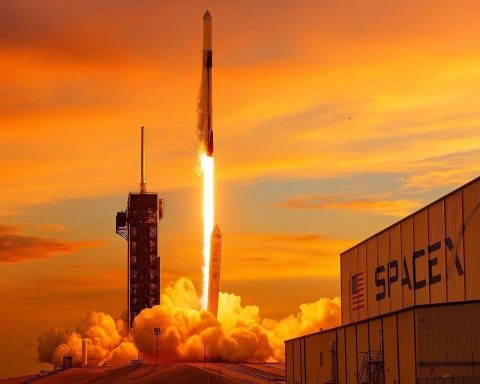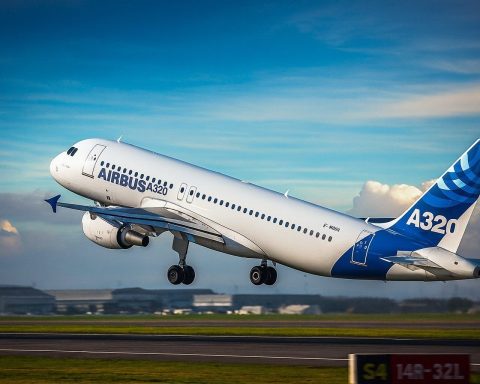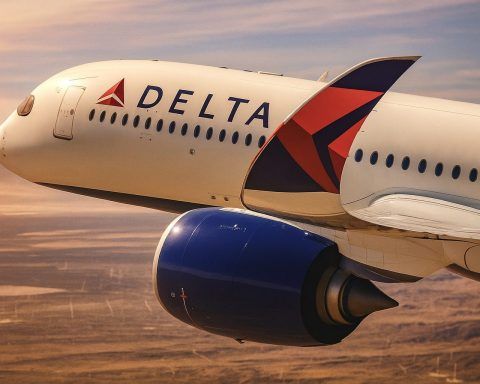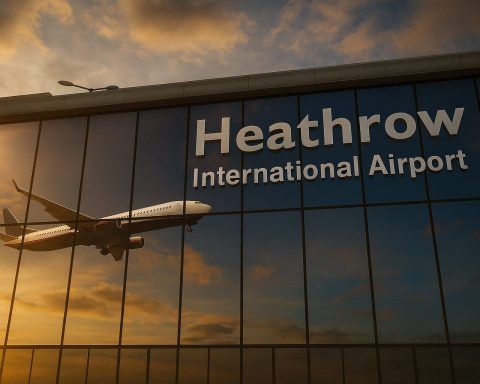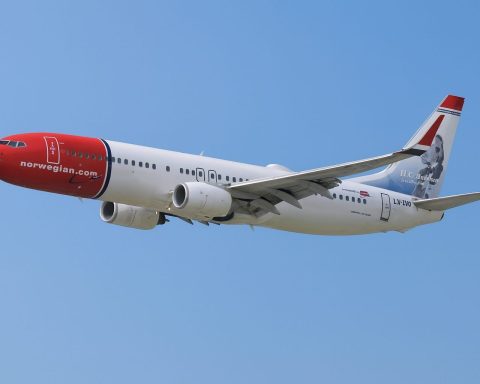
Norwegian Group Hits 1.8 Million November Passengers, Sets Load-Factor Record and Adds New Routes to Las Palmas, Zurich and Tbilisi
Norwegian Group is closing out 2025 on a strong note. The company, which includes low-cost carrier Norwegian Air Shuttle and regional airline Widerøe, carried 1.84 million passengers in November 2025 and set a new record load factor for the month,


